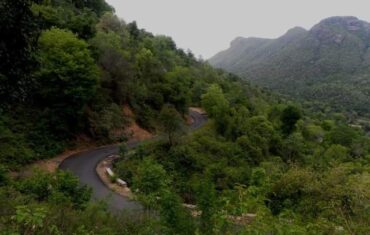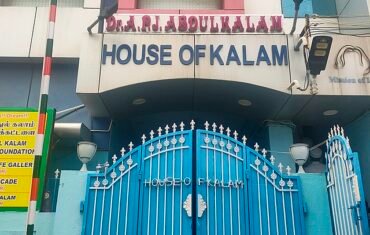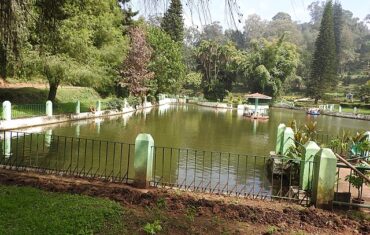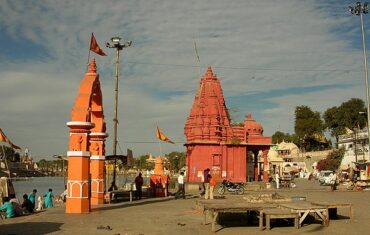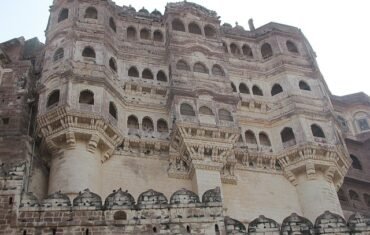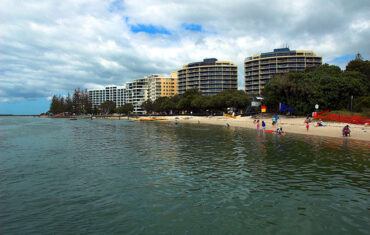Jama Masjid, also known as Masjid-i-Jahan Numa, is one of the largest and most beautiful mosques in India. It is located in Old Delhi, the historic city of Shahjahanabad, which was the capital of the Mughal Empire from 1648 to 1857. It was built by the Mughal emperor Shah Jahan between 1650 and 1656, as a part of his grand plan to create a new city that would reflect his glory and power.
Jama Masjid was inaugurated by its first Imam, Syed Abdul Ghafoor Shah Bukhari, who came from Bukhara (present-day Uzbekistan). The mosque is a splendid example of Indo-Islamic architecture, combining elements of Persian, Turkish and Indian styles. The mosque is also a symbol of Islamic faith and culture, as it serves as the main place of worship for the Muslims of Delhi and hosts various religious and social events. Visit during Delhi Local sightseeing By cab
Overview of Jama Masjid

Jama Masjid is a majestic and magnificent structure that dominates the skyline of Old Delhi. The mosque stands on a high platform, accessible by three flights of steps from the east, north and south sides. The eastern side has the largest and most ornate gateway, which was reserved for the emperor and his entourage. The other two gateways are smaller and simpler, but equally elegant. The mosque has a rectangular courtyard, measuring 328 feet by 261 feet, which can accommodate up to 25,000 worshippers at a time.
The courtyard is surrounded by arched cloisters on three sides, with open pavilions at the corners. The western side of the courtyard has the main prayer hall, which has three domes and two minarets. The prayer hall has seven arched entrances, with the central one being the largest and most decorated. The prayer hall has a marble floor with black stripes marking the places for prayer. The prayer hall also has a mihrab (niche indicating the direction of Mecca) and a mimbar (pulpit) made of white marble.
The domes are made of white marble with black stripes, while the minarets are made of red sandstone with white marble inlays. The minarets are 130 feet high and have five storeys, each with a projecting balcony. The mosque is adorned with various carvings, calligraphy, paintings and inlay work that enhance its beauty and grandeur
The mosque also has various other features and attractions that add to its significance and charm. The mosque has a large water tank in the centre of the courtyard, where worshippers perform ablutions before prayer. The mosque also has a library in the north gate that contains various manuscripts and books on Islamic history and culture. The mosque also has a museum in the south gate that displays various relics and artifacts related to the mosque and its history. The mosque also has a tower in the south-east corner that offers a panoramic view of Old Delhi and its surroundings
Jama Masjid Location/ Timing and Entry Fees

Jama Masjid is located on Jama Masjid Road in Old Delhi, near Chandni Chowk and Red Fort. It is easily accessible by metro, bus, auto-rickshaw or taxi. The nearest metro station is Chawri Bazar on the Yellow Line, which is about 1 km away from the mosque. From there, one can walk or take an auto-rickshaw to the mosque.
Jama Masjid is open to public from 7:00 am to 12:00 pm and from 1:30 pm to 6:30 pm on all days except Friday (when it is closed for tourists during prayer time). It is also closed on national holidays and on special occasions as notified by the mosque authorities. The entry to the mosque is free of charge for all visitors. However,.
How to Reach Jama Masjid

There are various ways to reach Jama Masjid from different parts of Delhi and nearby cities. Here are some of the options:
- By Metro: The most convenient and economical way to reach Jama Masjid is by metro. The nearest metro station is Chawri Bazar on the Yellow Line, which is about 1 km away from the mosque. From there, one can walk or take an auto-rickshaw to the mosque.
- By Bus: There are several buses that ply to and from Jama Masjid from different parts of Delhi. Some of the bus routes are 118, 120, 125, 211, 347, 348, 392, 534A, etc. One can alight at Jama Masjid bus stop and walk to the mosque.
- By Auto-Rickshaw or Taxi: One can also hire an auto-rickshaw or a taxi from any part of Delhi to reach Jama Masjid. The fare may vary depending on the distance and traffic conditions.
- By Car: If one has a private car or a rented vehicle, one can drive to Jama Masjid by following the directions on Google Maps or other navigation apps. There is a parking lot near the mosque where one can park their vehicle for a nominal fee.
Significance of Jama Masjid

Jama Masjid is not only a splendid and magnificent place but also a sacred and spiritual site that represents the Islamic faith and culture. It is a place where the Muslims of Delhi and beyond gather for prayer and worship, especially on Fridays and during festivals such as Eid al-Fitr and Eid al-Adha. It is a place where the Imam delivers sermons and guides the community on various religious and social issues. It is a place where various religious and cultural events are organized and celebrated, such as Quran recitation competitions, poetry recitals, seminars and conferences.
Jama Masjid also reflects the history and heritage of India, as it was built by one of the greatest Mughal emperors, Shah Jahan, who also built other iconic monuments such as Taj Mahal and Red Fort. It also witnessed various historical events and movements that shaped the destiny of India, such as the Revolt of 1857, the Partition of India and the Independence Movement.
It also preserves various relics and artifacts that relate to the mosque and its history, such as a hair of Prophet Muhammad (peace be upon him), a copy of Quran written on deer skin, a footprint of Prophet Muhammad (peace be upon him) on a marble block and a red beard-hair of Prophet Muhammad (peace be upon him).
Jama Masjid also embodies the diversity and harmony of India, as it welcomes people of all faiths and backgrounds to visit and admire its beauty and grandeur. It also promotes peace and tolerance among different communities and groups through dialogue and cooperation. It also hosts various social welfare activities such as free medical camps, blood donation camps, relief distribution camps and educational programs.
FAQ’s
Here are some of the frequently asked questions about Jama Masjid and their answers:
- Q: How long does it take to visit Jama Masjid?
- A: It depends on how much time one wants to spend in the mosque and its surroundings. Generally, it takes about an hour to visit Jama Masjid and enjoy its beauty and splendor.
- Q: What are the timings of prayer at Jama Masjid?
- A: The timings of prayer at Jama Masjid vary according to the season and the lunar calendar. However, one can find out the exact timings by checking the notice board at the mosque or by asking any staff member or local person.
- Q: Can one perform rituals or ceremonies at Jama Masjid?
- A: Yes, one can perform rituals or ceremonies at Jama Masjid according to their Islamic faith and practice. However, one has to follow certain rules and etiquette while doing so, such as wearing modest clothing, removing shoes before entering the mosque, maintaining silence and cleanliness, respecting other worshippers etc.
- Q: Can one donate money or materials to Jama Masjid?
- A: Yes, one can donate money or materials to Jama Masjid for its maintenance and development. One can do so by contacting any staff member or trustee of the mosque or by dropping their donations in the designated boxes inside the mosque.
- Q: Can one volunteer at Jama Masjid?
- A: Yes, one can volunteer at Jama Masjid by registering at the information desk near the entrance. The volunteers help in guiding the visitors, maintaining cleanliness and orderliness, participating in various activities and programs etc.

